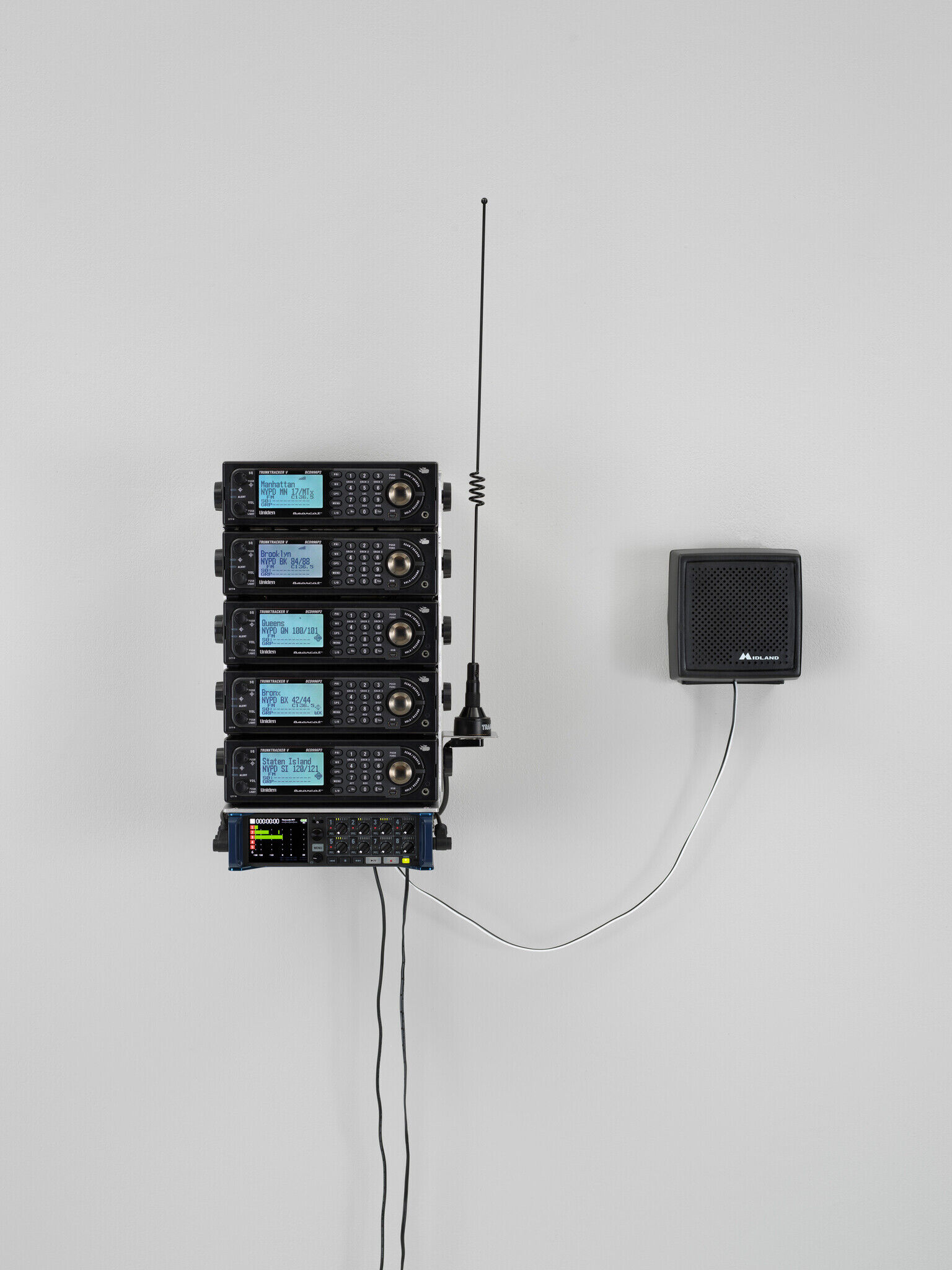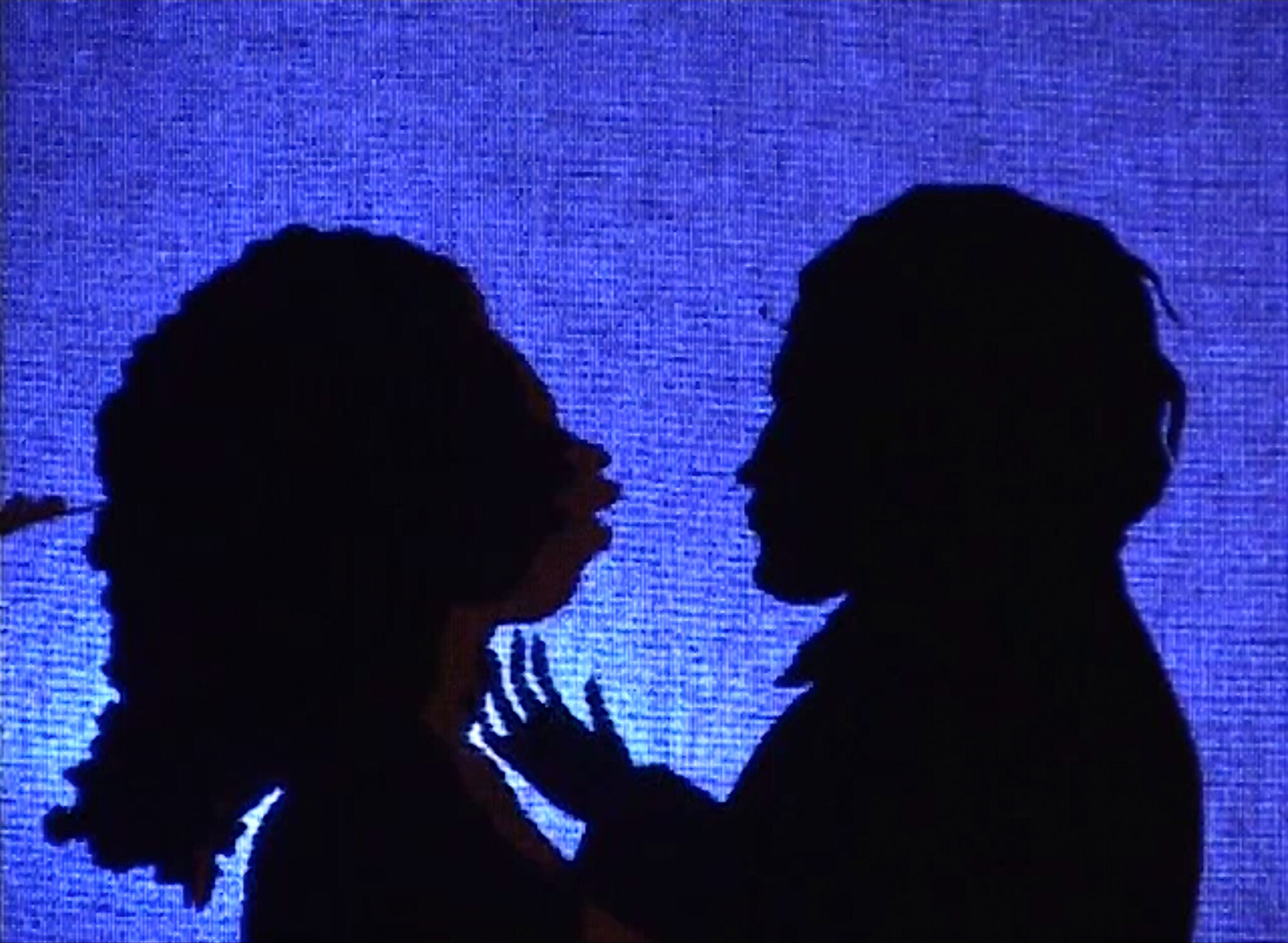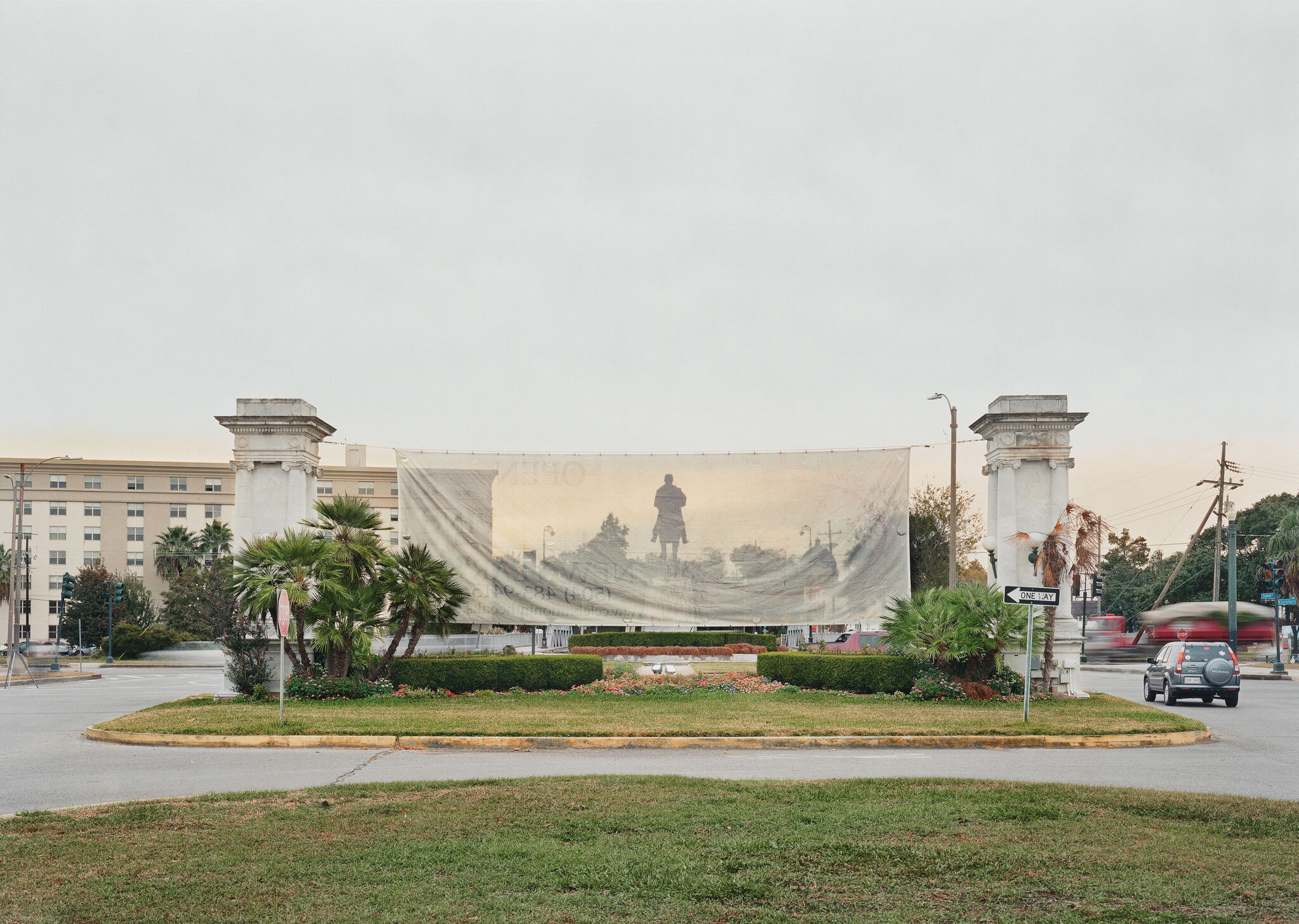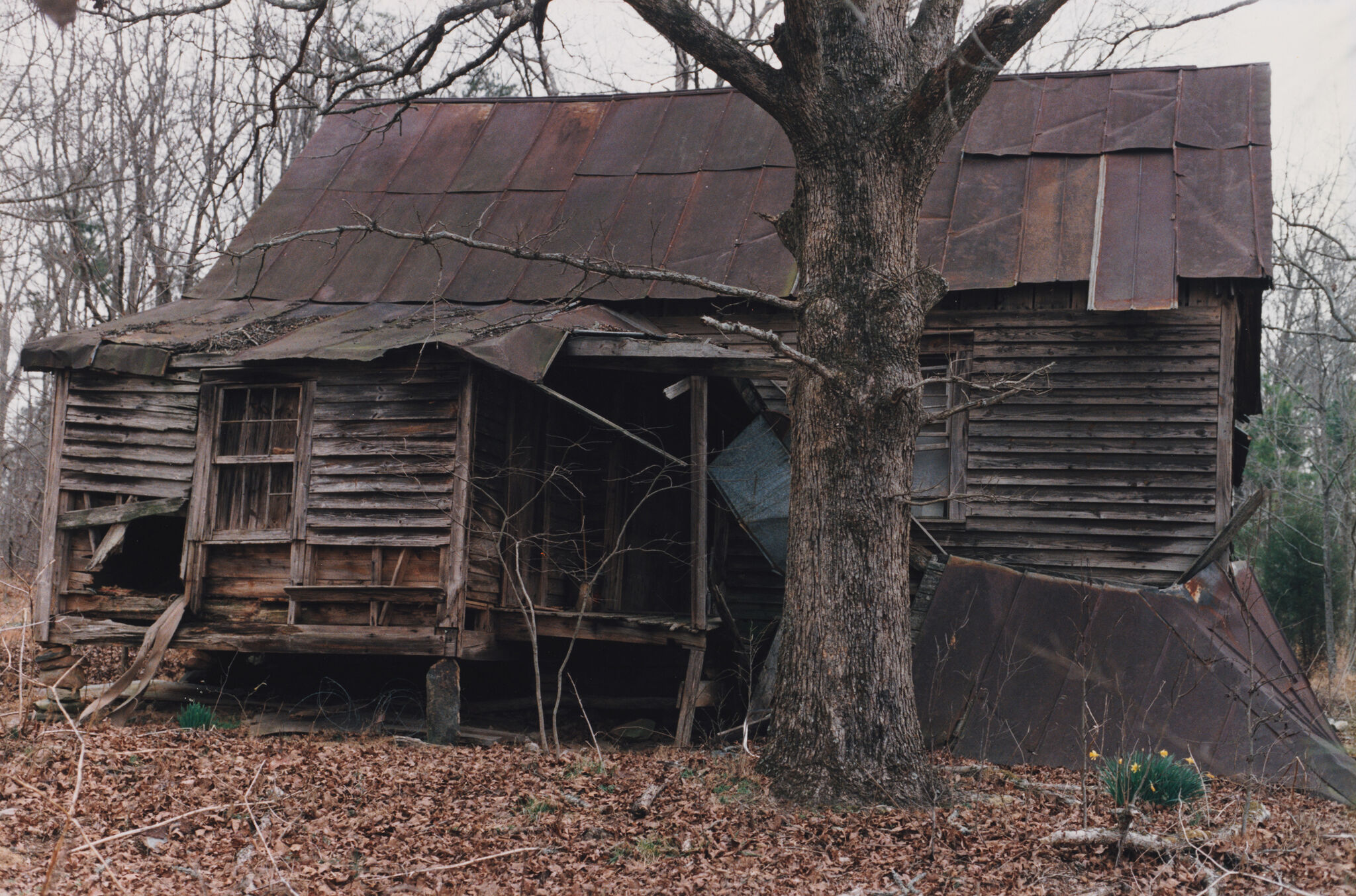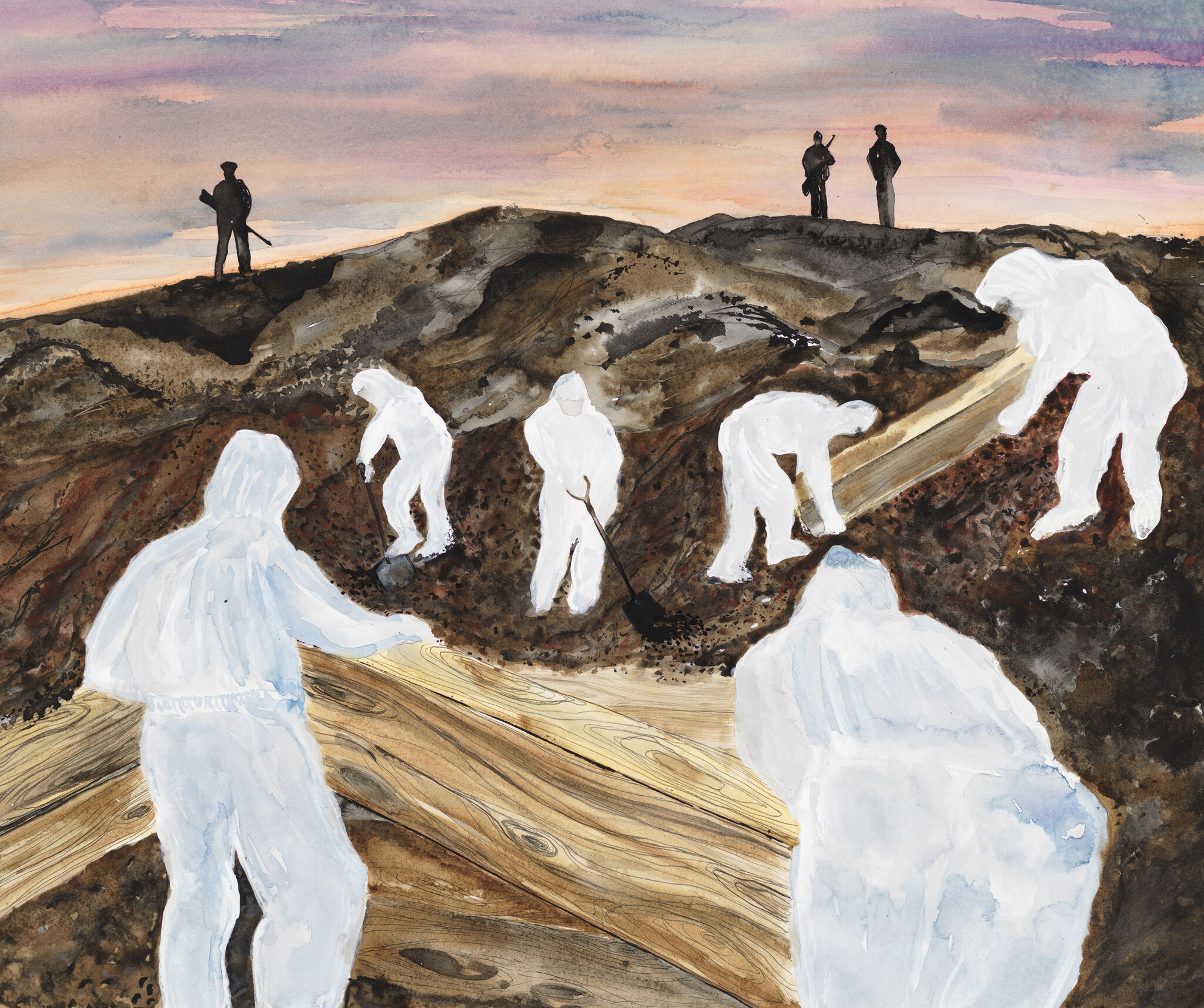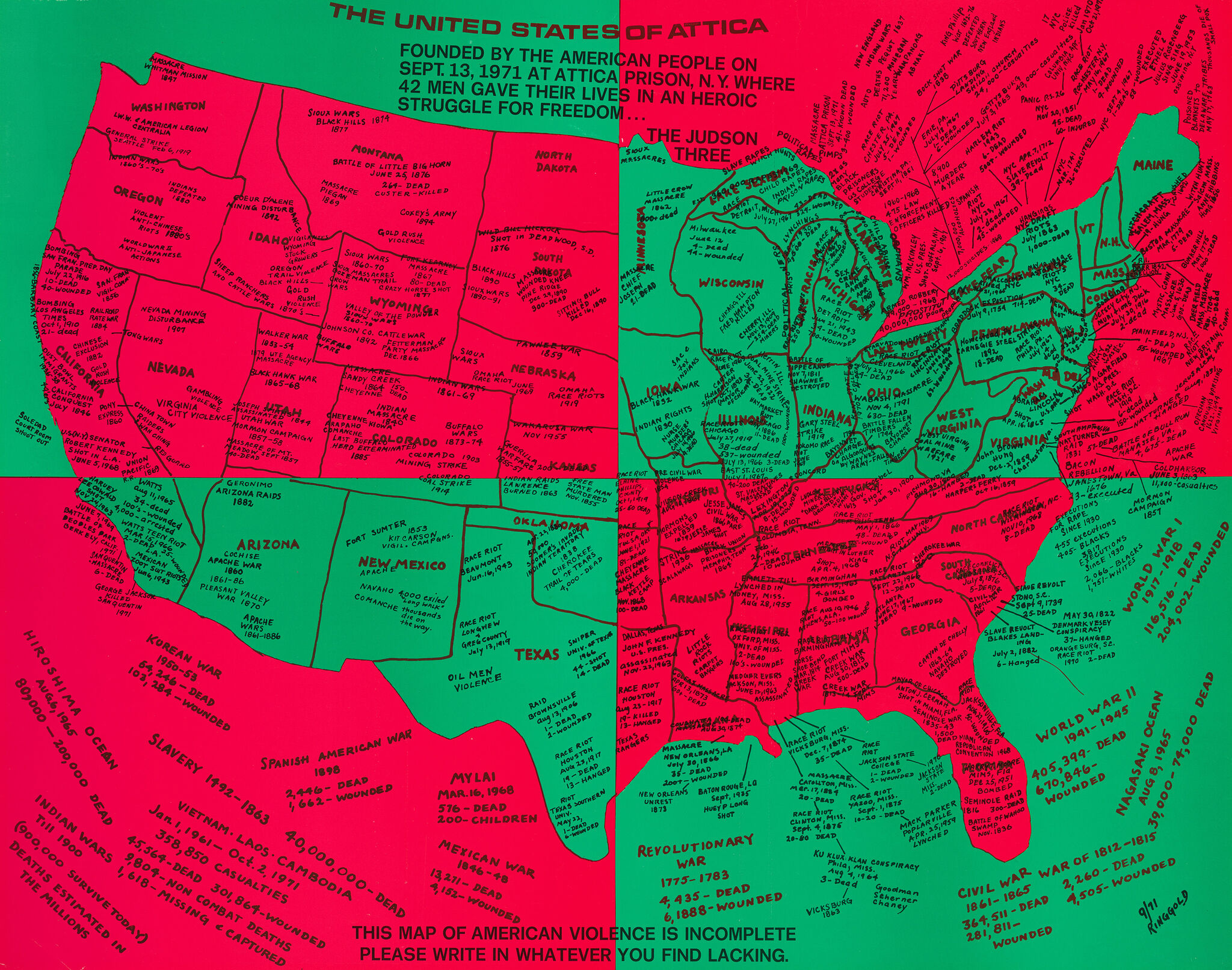Inheritance | Art & Artists
June 28, 2023–Feb 4, 2024
Inheritance | Art & Artists
Ground Beneath Our Feet
4
The works in this gallery touch on some of the painful and difficult legacies that have shaped the United States on a societal level, specifically the enslavement of Africans and all it has engendered, from racial violence and segregation to disproportionate incarceration and overpolicing to the significant health and economic disparities experienced by Black people and other communities of color. These inheritances are framed by the included artists as all-permeating; literally and figuratively, they are the ground beneath our feet. Yet no experience is monolithic, and artists’ voices and perspectives are as varied as their visual languages. These works are clear about the flawed legacies of this nation, but also sharply attuned to the inherent power of naming injustice and the ways in which historically oppressed people have harnessed that power to forge new realities for themselves and their communities.
Artists
- Ephraim Asili
- Sadie Barnette
- Kevin Beasley
- Diedrick Brackens
- Beverly Buchanan
- Widline Cadet
- Andrea Carlson
- Jonathan Lyndon Chase
- Ralston Crawford
- Mary Beth Edelson
- John Edmonds
- Kevin Jerome Everson
- Chitra Ganesh
- Todd Gray
- Wade Guyton
- David Hartt
- Emily Jacir
- Wakeah Jhane
- Mary Kelly
- Deana Lawson
- An-My Lê
- Maggie Lee
- Sherrie Levine
- Dindga McCannon
- Ana Mendieta
- Thaddeus Mosley
- Lorraine O'Grady
- Kambui Olujimi
- John Outterbridge
- Pat Phillips
- Faith Ringgold
- Sophie Rivera
- Carissa Rodriguez
- Cameron Rowland
- Sturtevant
- Clarissa Tossin
- Kara Walker
- Joan Wallace
- WangShui
- Carrie Mae Weems
- Hank Willis Thomas
- Bruce and Norman Yonemoto

